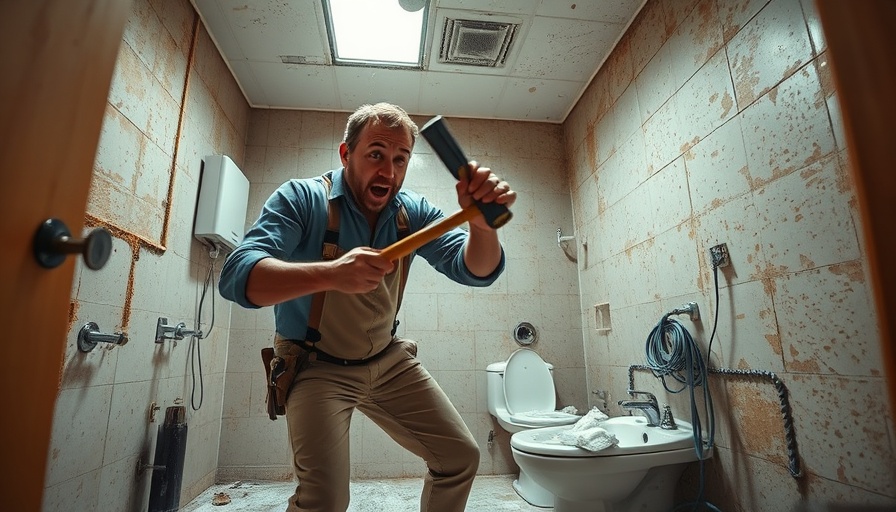
The Controversial Shift in Wind Damage Evidence Standards
For decades, the investigation of wind damage to roofing materials focused heavily on sealant bonding and fasteners. This conventional wisdom encapsulated a procedure known as the “1-finger test.” This simple method ensured that when roofing professionals checked seal strips, they did so under what were deemed to be the worst-case conditions. Although many relied on this practice, significant changes in standards and interpretations have prompted heated discussions across the industry.
The New Industry Perspective on Seal Strip Failures
In 2017, a significant shift occurred when HAAG Engineering revised its stance on seal strip failures in shingles. Previously considered wind damage, the organization now contends that a shingle that is merely “unadhered” without visible creases or tears cannot confidently be classified as wind damage. This highlights a worrying trend where the burden of proof may shift unfairly onto homeowners during the claims process. Instead of finding clear signs of damage, homeowners find themselves facing insurance company tactics that complicate claim approval.
Understanding the Implications for Property Owners
The implications of HAAG's revised position are profound, particularly in South Carolina where homeowners must navigate property damage claims with caution. Residents need to understand the potential for insurance claim denial based on these evolving standards. When the definition of what constitutes wind damage shifts, claims can be unjustly rejected. This makes it essential for homeowners to recognize how their insurers may use this ambiguity to justify a delay in processing claims or even deny them outright.
The Risk of Missing Invisible Damage
HAAG's new guideline suggests that with newer, more pliable shingles, creases may be less visible yet critical to the evaluation of wind damage. The challenge for homeowners lies in the fact that without an understanding of these distinctions, they may unknowingly accept claim denials. It’s crucial for property owners to insist on comprehensive evaluations that consider the nuances of shingle performance. Understanding the role of a design/build contractor or forensic investigator can empower homeowners to challenge questionable assertions concerning their property’s condition.
Common Misconceptions About Wind Damage and Insurance Claims
Many homeowners mistakenly believe that clear visible damage is the only type of damage that matters when filing an insurance claim. This misconception could lead to unresolved issues with their claims—it’s vital to recognize that damage not immediately visible to the naked eye can still significantly impact a roof's integrity. For property owners in South Carolina facing damage after severe weather, awareness of such nuances could have a direct impact on how they approach their insurance companies.
What Homeowners Can Do to Protect Their Insurance Rights
Equipped with knowledge about seal strip failures and the evolving standards of wind damage, South Carolina residents are urged to take proactive steps. Engaging with a seasoned public adjuster or certified inspector can provide invaluable perspective and advocacy when facing claim challenges. If you're confronting a denied claim or an unusually delayed settlement process, the right support can be instrumental in securing rightful compensation.
Actionable Insights for Homeowners Working with Adjusters
When working with insurance adjusters, being mindful of the tactics they employ is essential. Understanding typical adjuster tricks — from underestimating the scope of damage to presenting dubious criteria for assessing damage — could empower homeowners. Documenting all interactions, maintaining thorough records of damage, and pursuing a second opinion are vital strategies that ensure homeowners don't fall victim to unfair insurance practices.
Concluding Remarks on the Importance of Knowledge
In moving forward, it’s vital for South Carolinians to grasp the power of knowledge when navigating property damage claims. The shift in perspectives regarding wind damage and seal strip failures cannot be overstated. Staying informed equips homeowners with the means to fight back against unjust insurance denials, ensuring they protect their rights and secure the compensation they deserve. Don’t let insurance company tactics push you around—stand up for your home and your claim!
 Add Row
Add Row  Add
Add 




Write A Comment